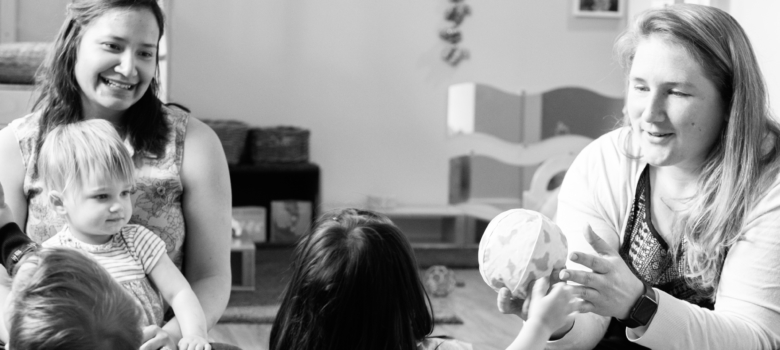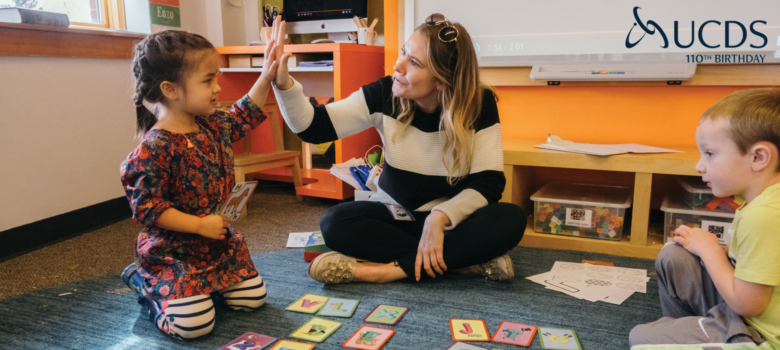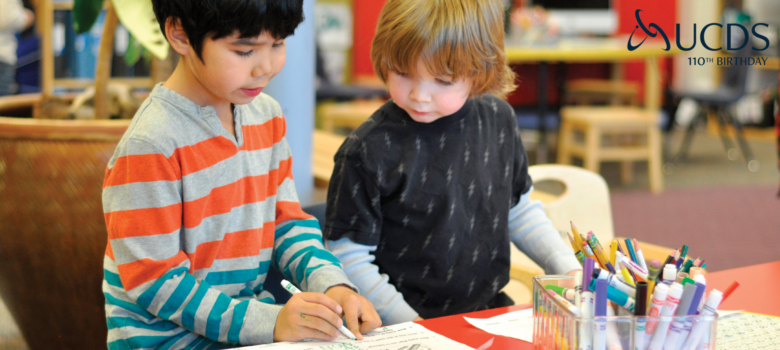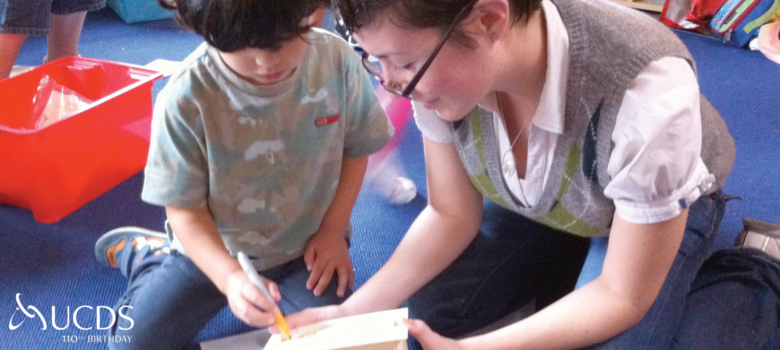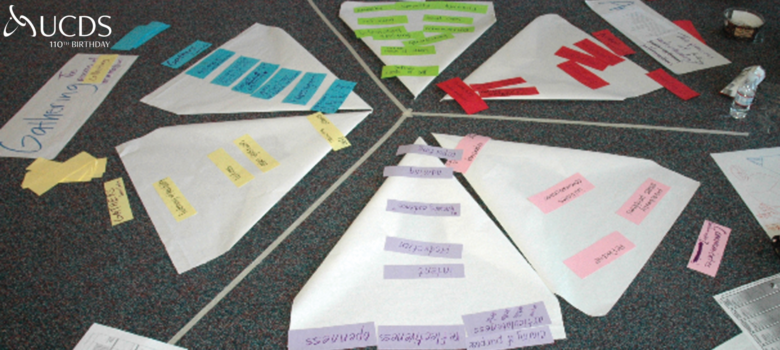Elise Ricci is back on the blog to talk about a communication technique often used here at UCDS, the use of non-directives. She dives into the benefits of this communication method and provides a few practices tips as well. Be sure to give this technique a try! -Ed.
– – – –
Not to be paradoxical, but in case you missed the pun in the title, non-directives can be tricky to stick to. One of the most valuable lessons I’ve learned while working at UCDS as an administrator and parent is that non-directives are a powerful communication tool for adults—whether you’re applying the technique with your student, parent, sister, brother, or friend.
One way to define a non–directive approach is
“allowing the recipient to formulate their own solutions and actions as a result of skilled listening and questioning from the mentor or coach.“
While there are other definitions and applications, that particular definition has resonated with me. Here’s how I’ve learned to adapt my language as a new mom.
Listen First.
Before practicing my limited non-directive vocabulary, I listen to people around me. Fellow parents, UCDS teachers, administrators and friends. Often, I noticed them having empowering conversations with their students or children. I’ve also observed plenty of conversations that felt unsuccessful from a “let’s see if this tiny human can take initiative on their own accord!” perspective. That happens a lot, which is only natural! However, I have seen non-directives used to great success, and, with a lot of observing and listening, have started practicing the technique on my own!
At first, when I started using non-directives, they sounded funny and long-winded to me. Here’s an example.
“It looks like it’s freezing outside”
“Uh-huh”
“I’m going to put my jacket on”
“Uh-huh”
“I notice you’re shivering, I wonder how you could be more comfortable?”
*Click*—Student puts on jacket.
Ultimately, the student was guided to a decision that not only helped them make a connection, but, stay warm! And, this happened without saying “put your jacket on”
Practice
With my own 18 month old, I can’t have actual, back-and forth conversations with words (yet). But, I’ve learned through my observations that her verbal reasoning and comprehension is strong! She can listen and make connections to what I’m saying.
My practice with non-directives usually manifests itself when we are about to go through a transition. Cleaning up and getting ready for dinner. Packing our bags and heading to the car. Finishing our playdough creations and going outside for a walk with Ruby (our dog). Instead of always bustling about doing everything for her or telling her exactly what (or what not) to do, I let her practice her independence! And, I get to practice my non-directive parenting ☺.
I can see how non-directive language is such a powerful tool in the classroom. Although there’s a time and a place where being direct “No- stop!” or “don’t do that!” is definitely needed (i.e. about to touch hot pan or tip over backwards in a chair onto a fellow student), a non-directive approach also reminds me to be mindful of the situation and confident that a child has the power within themselves to make appropriate and reasonable choices on their own. Whether you’re a parent, a teacher, or a good friend, give it a try!

